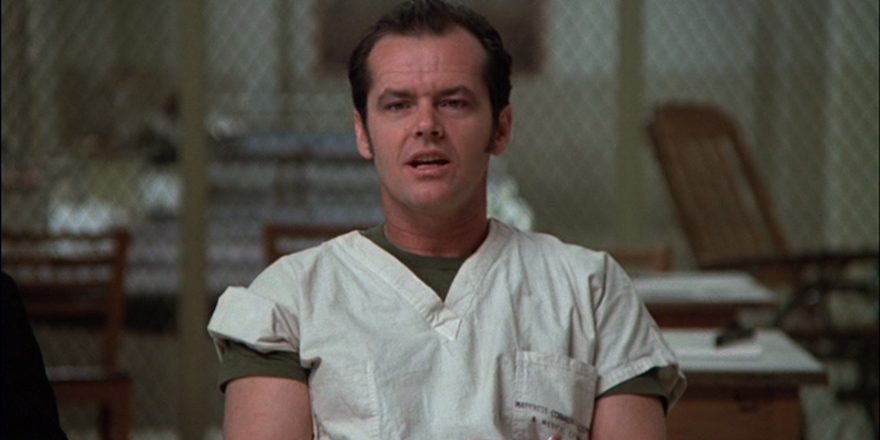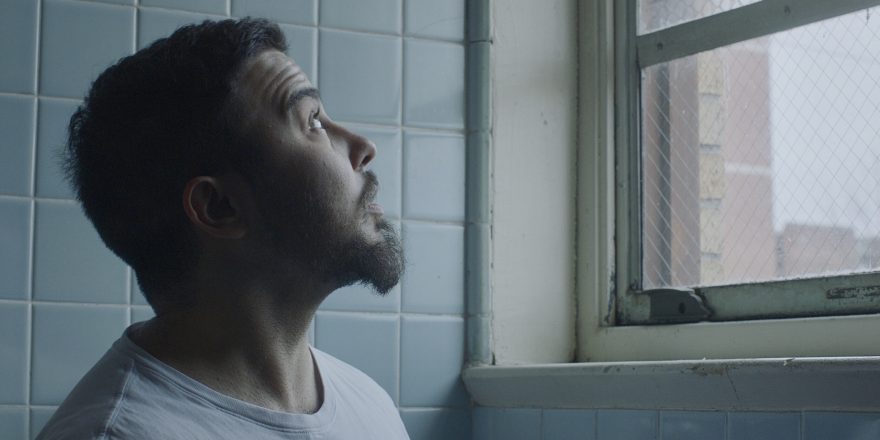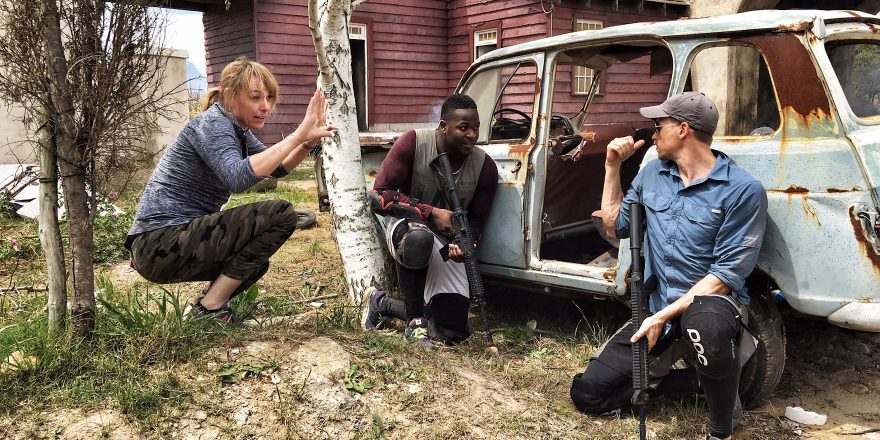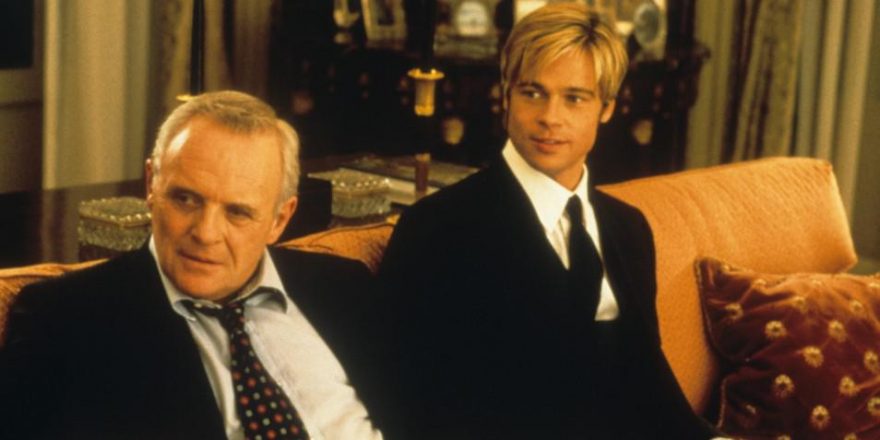I first read One Flew Over the Cuckoo’s Nest when I was 16, freshly out of a deeply abusive, obsessive, consuming relationship – my first love. I spent our one-year anniversary on the adolescent girls’ ward of the local psych hospital, where I stayed for five days of crisis stabilization, after taking too many sleeping pills during one of our routine breakups. In retrospect, this was a fitting place to mark one year in this struggle.
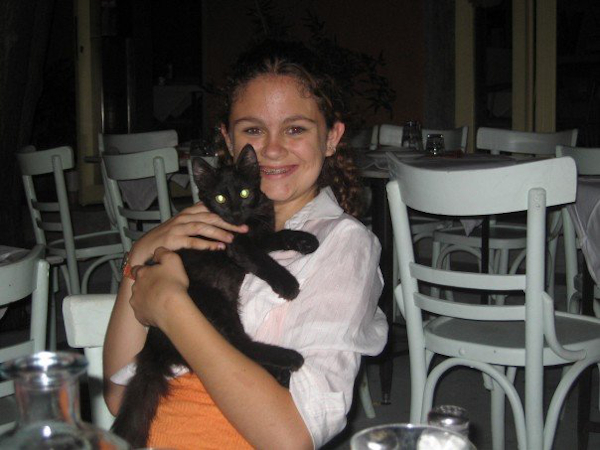
When I read Ken Kesey’s book, I felt seen. It didn’t matter that he was writing about grown men on a long-term ward in the 1960s: I could vividly see McMurphy stepping out of the pages and into the adolescent girls’ ward, demanding that the nurse let me bring my teddy bear in with me (which, I now recall, had a voice recording of my abuser saying, “I love you, baby girl,” embedded at its heart).
My teenage brain didn’t dig deep into the social allegory of the novel, or analyze the representation of mental illness, gender or race (all important articles for another day). In a time when the only other representation of this traumatic experience I could find was Girl, Interrupted, Kesey stayed close to my heart.
It wasn’t until 10 years later that I would finally realize it was not just my experience in the psych hospital, but also my evolving gender which caused this book to resonate so deeply with me. Over time, those five days in the psych ward have been almost forgotten, more an interesting anecdote than a real part of my identity. I’ve had more brushes with institutions since then, spending four weeks in inpatient rehab and six months in a halfway house after my fiancé’s sudden death in 2016 caused my drinking to spiral out of control. I see myself through my recovery now: from alcoholism, from the trauma of finding my fiancé after his heart attack, from the years of sexual assault. (Alcoholism recovery is the subject of my debut feature film, Addict Named Hal; I now have five years sober.)

That decade didn’t just bring about changes in my mental health, but also in my gender identity. I had come out as bisexual when I was 14, but I like to joke that I identified as just about every kind of gay before I finally came out as non-binary when I was 23. I turned 24 in rehab, and my need to survive, day to day, eclipsed discovering more about my gender.
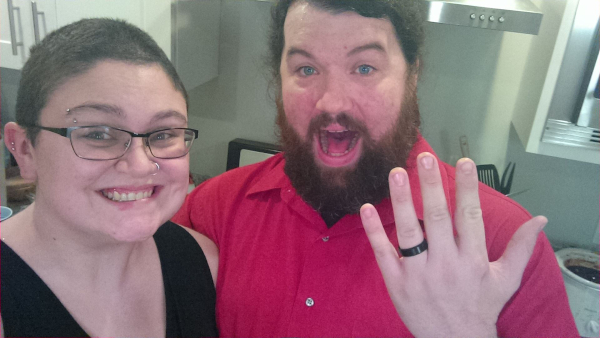
I had just moved out of the halfway house and back into the house my fiancé and I shared when I finally saw the film version of One Flew Over the Cuckoo’s Nest for the first time. I knew that it might be an emotional experience – not only because it had the potential to bring me back to my teenage self, but also because I used to hate film adaptations that didn’t match my image of the book in my head. (I’ve grown out of that.)
I did not expect to discover a near-perfect allegory for my own evolving relationship to masculinity in this film. Maybe because I had read the book, I still saw the film from Chief’s perspective, primarily tracking his relationship to McMurphy as he shakes up the ward – and the tension between Chief and McMurphy showed me something about myself.
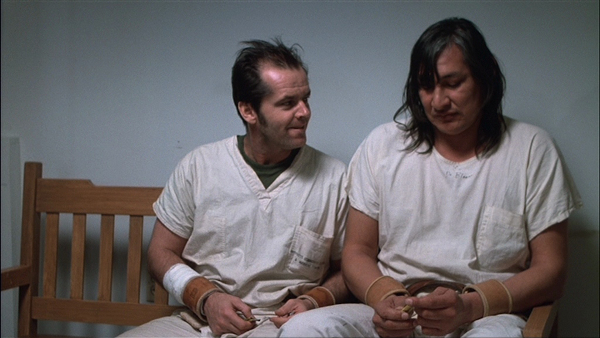
When McMurphy first arrives, Chief is interested in him. He keeps his distance, as he does from all the other residents, but he’s clearly watching McMurphy. When he votes in favor of McMurphy’s campaign to change the schedule to watch the World Series, he marks himself as a tentative ally.
From there, he becomes more and more enthralled with McMurphy – but he still won’t become his accomplice. He’s attracted to this brash man who doesn’t think the rules apply to him, who will help you catch your first fish, even while the boat careens in circles in the water. He starts to see McMurphy as a hero and an agent of change, because of his daring and arrogance.
But McMurphy is not a simple hero. He is not Clint Eastwood traveled from the Old West into 1960s Oregon. McMurphy is reckless. He’s dangerous. Not because his ideas themselves are violent, but because he doesn’t understand the systems and social conditions at work in this space. More importantly, he doesn’t understand the reality of his fellow patients’ conditions. It is this recklessness that leads to Billy’s death.
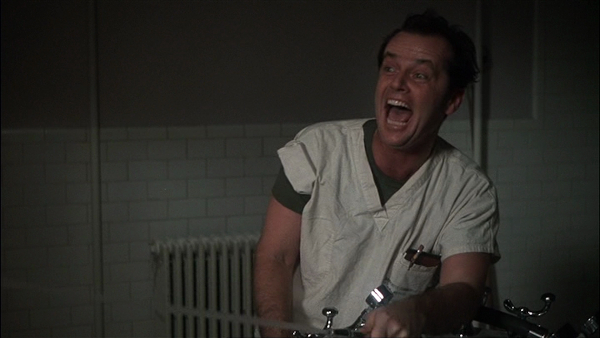
Chief understands this danger early on, when he and McMurphy are forced to undergo electroshock therapy after McMurphy starts a fistfight with the orderlies. Chief is attracted to McMurphy – yet he fears him, too. He wants to find that strength, that arrogance, that life for himself, but he also understands what it might cost those who cannot survive in McMurphy’s wake.
And here I found reflected back to me my own evolving relationship to manhood. How could I embrace and express my own masculinity, when I had seen (and been victim to) men abusing the power they gained from it? How can I be attracted to something, want it for myself, and fear it all at the same time? I had spent years skirting around the edges of masculinity, an intrigued observer from the sidelines, just as Chief watched McMurphy. I had confined myself in this liminal space, not allowing myself to move closer, but not willing to look away.
In the end, McMurphy loses, crushed by the system he mistakenly chose over prison. Chief does what McMurphy could not do for himself: he lifts the marble sink, throws it through the iron bars of the window, and escapes into the night. Chief will have to find his own drive, his own strength, his own independence from the system he had resigned himself to.
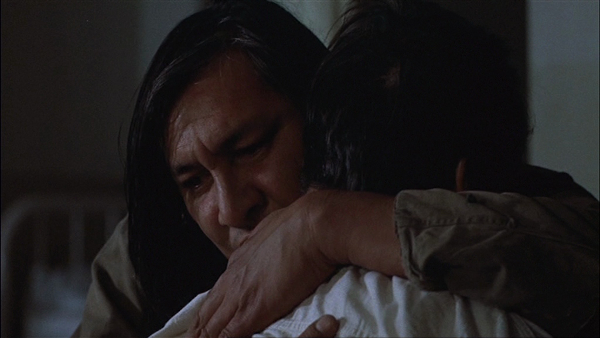
I started testosterone two years ago, and got top surgery about six months after that. Finally, watching from the sidelines became unbearable for me, as it had for Chief. I stepped into myself for the first time, feeling fully embodied in a way I never had before. But still, this change can feel complicated. I don’t know what it means to be or feel like a “man,” and I don’t identify as one. But more and more, the people I interact with call me “sir” instead of “ma’am,” and things that used to scream my queerness (like my buzz cut) now contribute to a basic dude vibe. I look a lot more like my abuser than I used to. But I also look a lot more like myself.
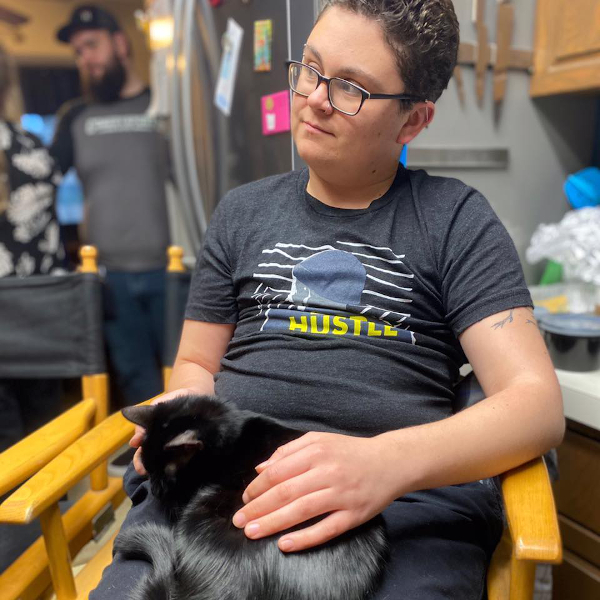
McMurphy doesn’t own resistance, and cisgender men don’t own masculinity. As Chief will have to find his own way of moving through the world, inspired by but ultimately more careful than McMurphy, so will I define masculinity for myself.
Now, all these years after falling in love with Ken Kesey’s words and a good 60 years after he penned them, I don’t picture Randle Patrick McMurphy swaggering into my life to protect me from rules I don’t understand.
Instead, I picture myself running with Chief – step for step, breath for breath, into the wild night of self-determination.


